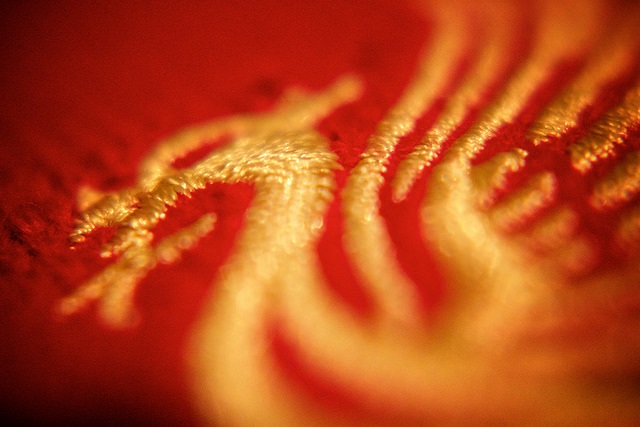

One of Liverpool’s most famous sights is the Royal Liver Building which is located on Pier Head. Those who pass the Liver Building are sure to notice the two giant bird statues which stand atop the building’s spires. Eagle-eyed visitors will also start to notice these same birds cropping up in many other locations. Liverpool Football Club even uses a Liver bird as part of its logo. But what are these birds and why are they so significant to the people of Liverpool?
Significance of the Liver Bird
The Liver bird has been associated with Liverpool for at least 650 years. Historians have discovered town seals showing a representation of the Liver birds which date back to at least 1350. Other references to the bird have been found in many historical documents since then. The first known reference to the bird by name is dated back to 1668, and is associated with a ceremonial mace presented to the town by the Earl of Derby. Documents show that the mace was decorated with a “leaver” bird. Changes in spoken and written language have resulted in “leaver” being changed to “Liver”.
The species which the Liver bird represents is cause for much discussion amongst historians, biologists and the population of Liverpool. Most Liverpudlians now agree that the bird does not represent one single living species. Some historians believe that early representations of the bird were supposed to show an eagle, because of King John’s association with the bird. King John had granted the town’s charter, and may therefore have been considered important enough to feature on the corporate seal in some way.
Some seventeenth century representations of the bird suggest that it may be a cormorant. Cormorants would have been familiar to all sea-faring families, as there was still a large cormorant population off of the coast of Liverpool at this time. Some linguists have also attempted to associate the bird with the spoonbill, because the Dutch word lefler (meaning spoonbill) was linguistically similar to the term the noun “leaver”.
Nowadays, the Liver birds are most commonly drawn as cormorants, although images are sometimes conceptualised with features that are associated with birds of prey. These different concepts allow the bird to be used to represent many different ideas and brands.
After two Liver bird statues were placed atop the majestic towers of the Royal Liver Building, a number of myths and legends began to spring up around the creatures. The statues themselves are 5.5 metres (18 feet) tall and each one holds an intricately designed sprig of seaweed in its mouth. The statues were designed by German artist Carl Bernard Bartels, who had won a competition to design the statues for the building.
Local Legends
Local legends suggest that one of the statues is a male Liver bird, whereas the other one is a female. One of the birds is reported to be looking out to sea to watch over the city’s seamen who are out working to provide for their families. The other bird is looking inwards towards the city to watch over the wives, girlfriends and families who have been left behind.
Close-up shots of the birds also show that they are tightly strapped on to the towers. Although the reality of the situation is that these chains are there to secure the heavy statues in case of extreme weather, many myths have sprung up around why the statues have to be chained. Local legend says that if the Liver birds were to fly away from their perches, the banks of the Mersey would breach and the city would succumb to a great flood. Some versions of the legend even state that the city would cease to exist altogether!
Fans of the Liver birds can see them in many other locations around the city. The Museum of Liverpool contains a life-sized replica of the Royal Liverpool building birds; so that visitors can take the opportunity to see the birds close up. Inside the Liverpool Town Hall you will also be able to see many colourful and interesting variations of the birds. The Magistrates Court in Hatton Gardens sports a very unusual representation of the bird, which is far more rotund than most conceptions! Take a look around the streets and see how many more you can find.

Leave a Reply